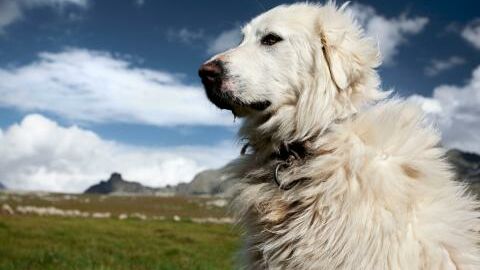Laika must be one of the most famous dogs to have live on Earth. She is known as the first dog sent into space.
Discover our latest podcast
Before her, there were monkeys and other dogs that were sent to the sub-orbital space. However, Laika became the first animal to enter the orbit on November 3, 1957, changing the course of space exploration for humanity. But the actual facts of what really happened to Laika and other animals used to further space explorations remains unclear.
As reported by Inverse,Kurt Caswell, author of the book Laika’s Window: The Legacy of a Soviet Space Dog, now sheds some light into how Laika's trip to space ended for her.

The Soviet version of events
Laika, who was a stray dog picked off of the streets of Moscow, went on to become a national hero symbolic of Soviet Union’s accomplishments in space exploration.
As per the official Soviet version of events, Laika's trip to space was a grand success. As per the scientists, she survived on Sputnik 2 for a whole 7 days, eventually dying quickly in just 15 seconds due to a lack of oxygen.
How she actually died has remained a point of contention since the US version of how the events unfolded state that Laika actually burned to death when the chamber where she was kept overheated.

What actually happened to Laika
According to Caswell, the rocket where Laika was placed faced a lot of pre-launch problems due to which it had to be kept on the launch pad for 3 whole days. During this time, the dog was kept sealed inside the capsule. Inverse quotes the author as saying,
They finally launch, and three hours later, she's dead. But, she was contained in the capsule for three days and three hours, roughly.
There was this plan to give her these measured feedings where they built this little mechanism that would give her some food once a day or twice a day, but they ultimately decided that was too heavy and cumbersome and it maybe wasn't going to work.
So, instead, they just gave her one big plop of this nasty food that they created. She ate all of it right away because she's sitting there on the ground in the capsule doing nothing.
She also did not have enough water to sustain her. Caswell continues on about Soviet propaganda that the mission with Laika was a success saying,
Not only were they reporting it as a victory, but they reported that Laika was alive and well and her time in space was providing necessary information about how to put the first human being into space. Laika’s life is a sacrifice, but it's valuable to science and humankind
Sources used:
Inverse: ‘65 Years ago, a street dog paved the way for human spaceflight- with a grim outcome’















